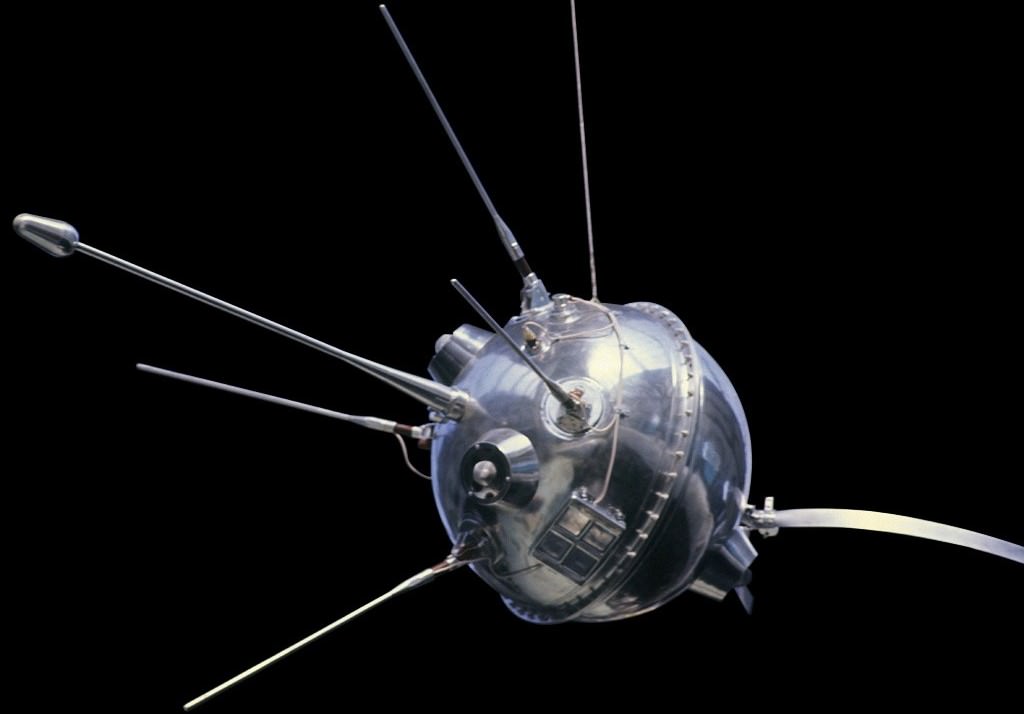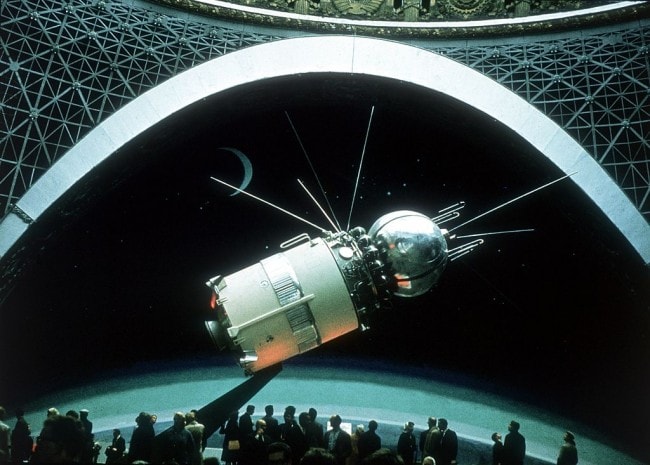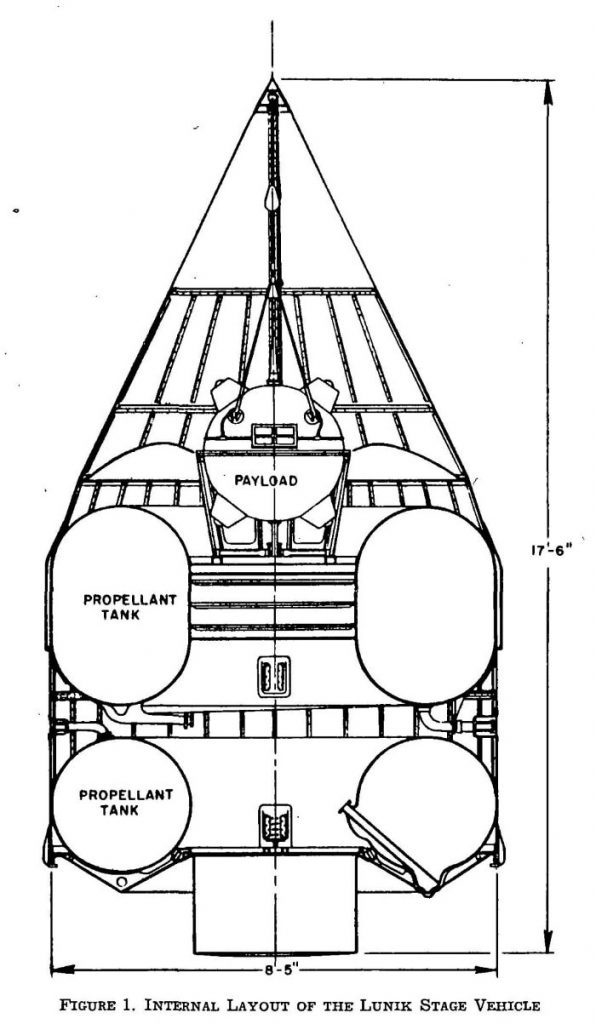
During the Cold War, the CIA undertook the Lunik Plot, where it hijacked a Soviet Union space vessel during transport at a train station.
Background
At the height of the Cold War, Soviet forces were keen to exhibit their technological and scientific prowess to bolster their political power. At the same time, the Space Race was firmly underway, giving both the Soviet Union and the US strong motivation to monitor the other’s progress. Ultimately, Soviet forces were able to achieve the goal of impacting the surface of the moon with the Lunik II in September 1959 [source]. At this time, the Soviet Union regularly exhibited technological artefacts at science conventions across the globe. During these events, Soviet scientists would show their industrial machinery, scientific achievements, and nuclear advancements.
However, among these artefacts were legitimate production space technology. The Lunik equipment was of most interest to the US, as it provided a unique opportunity to find out more about Soviet scientific capabilities. Although one may not believe that the Soviet Union would take a genuine spacecraft to the US, CIA Intelligence analysis suggested that one of the models being exhibited was indeed a real Lunik Space vessel [source]. On the off chance that this was true, the CIA hatched the Lunik Plot.
The Lunik Plot
Capture
Whilst the Soviet technology was heavily guarded whilst being exhibited, there were many weaker points in the supply chain wherein the CIA would have an opportunity to get a closer look. This took extensive analysis and planning of the proposed route that the Lunik craft would take. Between exhibition locations, the Lunik was transported in a crate via truck to railway transportation, transported by train to the next location, and then moved to the exhibition centre by another truck. However, these journeys were not being meticulously tracked, nor did the shipments have dedicated Soviet escorts. There were Soviet agents at the stations, taking notes of what had arrived, but they had little communication with the base, telling them what shipments they should be expecting. This weak link in communication allowed the CIA to effectively borrow the Lunik – provided it arrived on time at the railway station the next day.

As such, the CIA’s plan sprung into action. Undercover of darkness in 1959, the CIA stopped the truck that was carrying the Lunik equipment, covered the crate in tarpaulin, and drove the truck into a salvage yard off a side alley leading to the railway station. CIA personnel secretly monitoring the railway station watched as the Soviet agent documented all of the shipments that had arrived at the railway station from the exhibition centre, but he did not raise the alarm when the Lunik did not arrive. The Soviet agent returned to his hotel room when he believed the last shipment had arrived, where he was secretly monitored by the CIA for the full night – intel officers were in the clear, and Soviet security had no idea that one of their greatest scientific achievements was in the unrestricted hands of their greatest adversaries.
Reconnaissance
The first task of the night was to ensure that the crate could be opened without detection. Thankfully, the crate was relatively damaged from repeated transportation already, meaning the Soviets were unlikely to see that the CIA had forced entry.
Ultimately, after extensive analysis throughout the night, the Lunik had to be returned in the condition in which the CIA had found it. The US agents meticulously resealed the packaging of the Lunik, including the wires, plastic packaging, and crate carrier. The original driver drove the truck with the Lunik in tow to the railway station. He waited here until 7 am, when the Soviet agent returned from his hotel room, still under CIA supervision. The agent documented the Lunik and prepared for the crate to be loaded onto the next available train, with no surprise or suspicion. The CIA has successfully stolen one of the Soviet Union’s most complex Space vessels for a whole night, without detection.
Findings
The entire Lunik Plot ran between 7:30 pm and 4:00 am of the next morning, allowing analysts with only 8 and a half hours to break into, analyse, and return the Lunik. This is an incredibly short amount of time to analyse such a complex piece of equipment, however, the time the US spies spent with the Lunik hardware was invaluable. Aside from extensive photographic evidence, the unit was able to analyse the size and structure of the vessel. In addition, the analysts meticulously documented the factory markings on each piece of the spacecraft, for later analysis as to the partner organisations and locations of manufacture.

Whilst most of the electrical and engine equipment had been removed from the touring Lunik, there were several couplings in the basket area of the vessel. Under the assumption that the Soviet scientists had intended to remove all electronic equipment, the CIA carefully removed these couplings and sent them back to CIA headquarters to be analysed in more detail.
Ultimately, the analysis of the Lunik played a larger role in understanding the Soviet Union’s technological capabilities. When tracking launches, the US were better equipped to identify the model of spacecraft being launched. The CIA was also able to identify multiple manufacturers of components of the Lunik, allowing for better monitoring of future technological builds.
Implications
The Lunik Plot was never uncovered by Soviet forces; the plot only came to public light when the CIA declassified documentation about the heist in 2019 [source]. Therefore, the Lunik Plot was a largely successful clandestine operation that was undoubtedly instrumental to US forces when understanding the Soviet Union’s scientific capabilities at the height of the Cold War.

